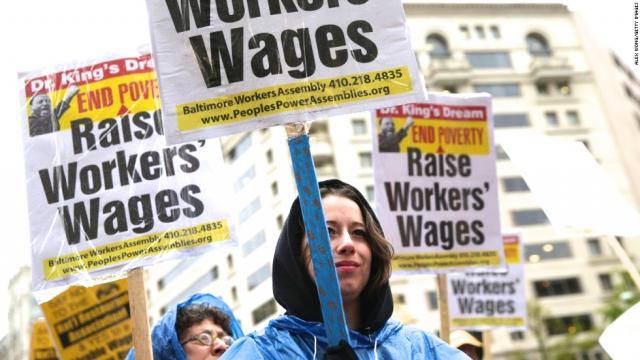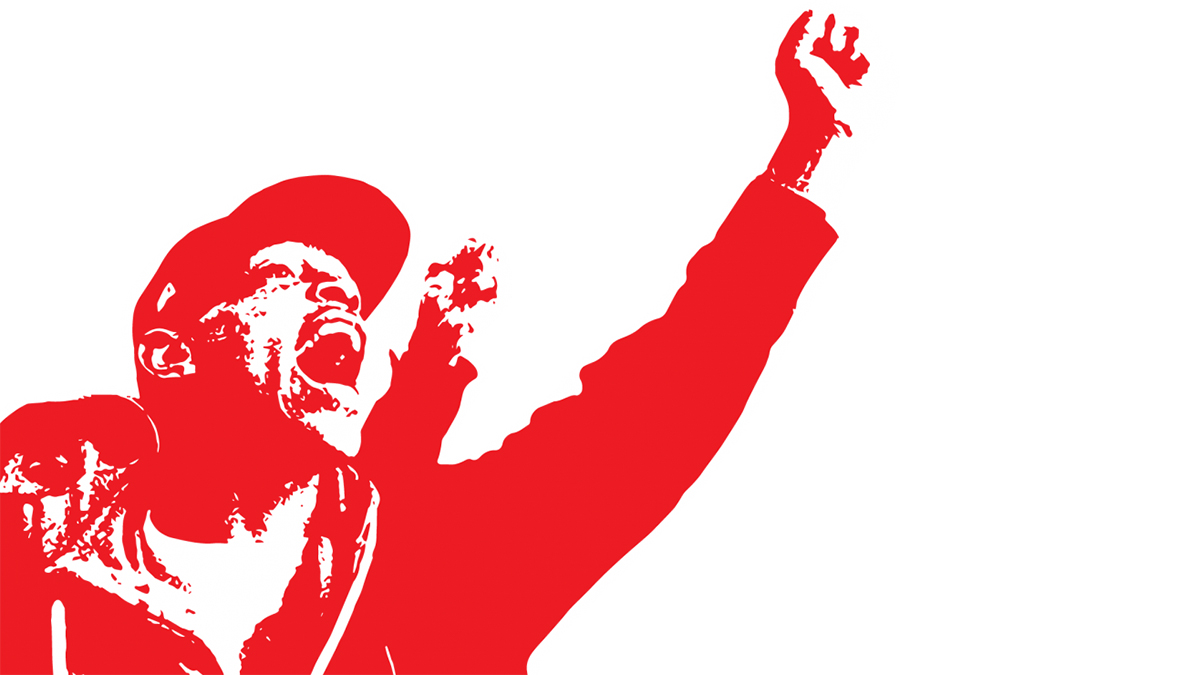
Silos are dangerous. I’m not talking about the type that house nuclear missiles, but rather the metaphorical kind, the kind that divide people who could and should be working together toward a shared goal. Too often, progressives have found themselves divided into these kinds of silos, for example, with women—themselves typically divided by race and ethnicity—fighting for gender equality, LGBT folks fighting for gay rights, unions and workers fighting for labor rights, and on and on.
To some degree, these divisions are understandable. Part of the way a marginalized group empowers itself is by creating a movement in which its members play a predominant role. At the end of the day, however, the goal of a political movement ought not to be solely or even primarily to help those who actively participate to feel empowered—as important as that is— but rather to achieve specific policy or other concrete aims that improve the lives of all those whom the movement represents. The movement must be a means to an end, not an end unto itself. Achieving those ends requires marshaling as much support as possible, and that means each group must break out of its silo and support one another’s causes.
Three of the progressive movements that are most active right now are Black Lives Matter, the push for marriage equality and LGBT rights more broadly, and the push for a minimum/living wage. Each of these has not only gained widespread publicity, but also helped achieve real successes, whether we are talking about marriage equality becoming legal, hikes in the minimum wage as well as increased minimum wages paid by major employers, or the reforms being implemented in Ferguson, Missouri. Each of these movements is powerful on its own. Working together, they can achieve much more. And they are coming together.
Workers protesting for a living wage in downtown Manhattan last December described how their cause paralleled the Black Lives Matter protests. In addition to their chants of "15 and a union"—i.e., their call for a minimum wage of $15 an hour and their desire to unionize—the workers also called out "Hands up, don't shoot" as well as "I can't breathe," chants that reference the deaths of Michael Brown and Eric Garner. Kendall Fells, a key organizer in the movement of fast food workers, explained that all of them are "fights against injustice in the U.S." Another protester, Shantel Walker, added: "As fast food workers, we feel really upset about the [Eric Garner] decision. This is our way of showing the world how we feel at this time. We want to fight the powers that be so we can be."
The next major protest action in the living wage movement takes place on April 15, when tens of thousands of workers and allies are expected to join in strikes and protests across the country. The day—playing off the date 4/15—is themed "Fight for 15." We are seeing coordination and cooperation across the lines of different movements. Leaders from the Black Lives Matter movement recently traveled to Atlanta to attend a planning meeting for the 4/15 protests, and the NAACP as well as the Moral Mondays organization, among others, are listed as partner groups standing in support of the protest action. Fells, currently serving as organizing director of the Fight for 15 movement, cited the participation of Black Lives Matter folks as a key step in the creation of a more broad-based coalition.
Speaking of impact, it is no coincidence that just a day after major articles about the Fight for 15 appeared in the Associated Press and The New York Times that McDonald's—the Fight for 15's primary target—announced it will raise the minimum wage in corporate-owned stores to a dollar an hour above the prevailing minimum wage in each location. Diana Furchtgott-Roth, senior fellow at the conservative Manhattan Institute, acknowledged that the living wage protests "have contributed to the wins in the ballot initiative in different states and localities. We saw the ballot initiatives to raise the minimum wage passed even in Arkansas, and we see cities such as Seattle having a $15 minimum wage. So they’re succeeding in that way."
We are seeing connections as well between LGBT activists and these other two movements. For example, the Leadership Conference—an umbrella organization of civil rights groups—is coordinating with the National Center for Transgender Equality and the National Gay and Lesbian Task Force Action Fund to encourage members of the LGBT community to join the fight for a living wage. The organizations together produced materials that highlight the significant numbers of low-wage workers who are LGBT, as well as disproportionate levels of poverty that exist in the LGBT community, particularly among transgender people.
Progress is also occurring in the often tricky relationship between civil rights and gay rights activists, as our own Shaun King discussed. King, who is as knowledgeable about the Black Lives Matter movement as any journalist, noted how important it is to see openly LGBT folks participating and even serving as leaders of protests from New York to Ferguson and beyond. An important connection point in this growing cooperation is black LGBT religious leaders, who have rightfully emphasized the "intersectionality of discrimination."
Electoral politics is important, of that there is no doubt. Having progressives in positions of power makes it much more likely to achieve progressive policy goals. And yes, even electing centrists compared to conservatives in places that are not especially hospitable to progressives helps as well. But grassroots pressure also matters a tremendous amount. Activists fighting for civil rights, gay rights, and a living wage are building the kinds of ties across their movements that can help each one achieve the goals around which their movements organized in the first place.
The most productive example of a truly diverse coalition was the civil rights movement of the 1950s and '60s. That movement brought tremendous public pressure to bear, and played a leading role in the passage of legislation that finally—one hundred years after Reconstruction—ended Jim Crow segregation in the South and banned discrimination on the basis of race, religion, creed, and gender all over this country.
It didn’t solve every problem, but the kind of broad-based, multiethnic and multireligious coalition that formed to support civil rights in those days is one that progressives would dearly love to create again in order to address the serious problems we face today. Without getting too far ahead of ourselves, evidence exists that we are at least headed in the right direction.
3 WAYS TO SHOW YOUR SUPPORT
- Log in to post comments
















